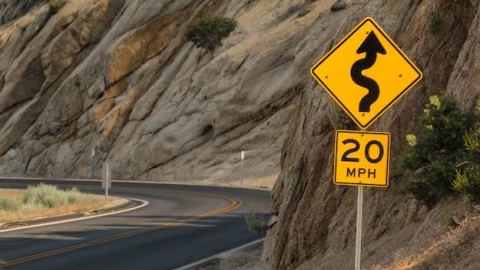There’s been much debate about what rules should apply to recreational fliers and modelers. And, as many of you know, in the USA, there are two sets of rules — one for commercial remote pilot operators and one for recreational users. Recreational drone regulations just reset again with the passing of last years Federal Aviation Administrations (FAA) Reauthorization Act and these two lanes are now merging fast.
Following the passage of repeals, reinstatements and evolutions are enough to make the most well-traveled regulation experts stall. So, where did it begin and where is it going? Let’s break it down – in brief.
In 1981, one of the first FAA compliance documents released was the Advisory Circular or AC 91-57. This document outlined three components for model aircraft: Purpose, Background, and Operating Standards all in a one-page publication. Pretty simple. Since then, compliance, policies, and regulations have taken on names, numbers, and twists and turns that warrant a roadmap. It’s been quite a trek from then to now, but let’s simplify the most recent policies, their changes and what’s ahead.
You Need Authorization to Fly
Recreational pilots once only needed to give notice to the airport and tower managers that they were flying. Now authorization is needed prior to flying in class B, C, D or E2. As a recreational flier, you will be responsible for understanding airspace and checking the airspace you are operating in before you fly. Learn airspace.
You Need to Register & Mark Your Drone
All recreational aircraft must be registered and marked, and must be flown for strictly recreational purposes only. In the name of fun, perhaps a skin to showcase your registration number?
You Need a Visual Observer
Recreational flyers were not required to have a visual observer, now the drone needs to be kept within your line of sight or within the line of sight of a visual observer who is co-located and in direct contact with you – the flier. In other words, don’t lose visual sight of the drone.
You Have Altitude Restrictions
The once no altitude restriction for recreational pilots is now set at an altitude of 400 feet above the ground for class G airspace. Class B, C, D, and E airspace will be what the UAS Facility Maps (UASFM) allow. Where restrictions were once lenient, now all recreational pilots must comply with the new law. This isn’t an option.
You Will Need Tested Accountability
Before the change, recreational pilots didn’t need to take a test, in the near future you will need to take an online aeronautical test and keep proof of it if the FAA or law enforcement officers request it. The test will not be easy, but doable. Learn to know your “best choice”.
You Will Need to Follow Community Safety Guidelines
You will be responsible for following a community-based organization’s set of safety guidelines that are in development with the Federal Aviation Administration. But, where? Check with your local recreational fliers and modelers groups. Social media is a great way to find them or check-in here: Academy of Model Aeronautics.
The journey from 1981’s Advisory Circular to implementing the next evolution of regulations under the FAA’s Reauthorization Act of 2018 seemingly deflated the fun for recreational fliers. However, given we are a technology-driven society charging to accomplish faster and better lifestyles and professional mastery, all of us will need to make way for these changes to secure safe growth management. We are paving a new highway-in-the-sky, so to fly for fun there are curves ahead.
